Sustainable practices in modern construction
Sustainable construction refers to the practice of creating structures and using processes that are environmentally responsible and resource-efficient throughout a building's life cycle. This approach is crucial as the construction industry significantly impacts the environment, from energy consumption to waste generation. By adopting sustainable practices, companies can minimize their ecological footprint, reduce costs, and meet the growing demand for green buildings.
The concept of sustainability in construction has evolved from simple energy-saving measures to a comprehensive approach that encompasses energy efficiency, waste reduction, and the well-being of occupants. This evolution reflects a broader societal shift towards environmental stewardship and responsible resource management.
Key Sustainable Practices in Construction
One of the cornerstones of sustainable construction is energy efficiency. This can be achieved through the use of high-performance insulation, energy-efficient windows, and HVAC systems. Additionally, integrating renewable energy sources like solar panels and wind turbines can significantly reduce a building's carbon footprint.
Water conservation is another critical aspect of sustainable construction. Techniques such as rainwater harvesting, low-flow fixtures, and efficient irrigation systems can help manage water use effectively.
Selecting sustainable materials is essential for reducing the environmental impact of construction projects. Materials should be sourced responsibly, have a low carbon footprint, and be recyclable or reusable. Waste reduction strategies, such as prefabrication and recycling construction waste, also play a vital role.
Enhancing indoor environmental quality is vital for occupant health and productivity. This includes using low-emitting materials, providing adequate ventilation, and ensuring proper daylighting.
Responsible site planning and land use can minimize the impact on the ecosystem. This involves protecting natural habitats, optimizing building orientation, and utilizing landscaping to improve energy efficiency.
Technological Innovations Driving Sustainability
Green building certifications like LEED, BREEAM, and WELL provide frameworks for assessing and recognizing sustainable building practices. These certifications encourage developers and builders to adopt green practices and offer a competitive edge in the market.
Building Information Modeling (BIM) is a digital representation of the physical and functional characteristics of a facility. BIM facilitates a more integrated approach to design, construction, and facility management, leading to more sustainable outcomes.
Smart building technologies, such as automated energy management systems and IoT devices, enable buildings to operate more efficiently and adapt to the needs of occupants, further enhancing sustainability.
Challenges and Opportunities
Despite the clear benefits, there are challenges to implementing sustainable practices, such as higher upfront costs and a lack of awareness. However, these can be overcome through education, innovation, and supportive policies.
Financial incentives, such as tax credits and grants, can make sustainable construction more attractive. Additionally, market trends show a growing demand for green buildings, presenting opportunities for forward-thinking companies.

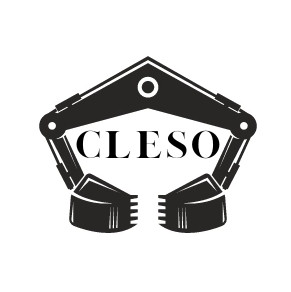
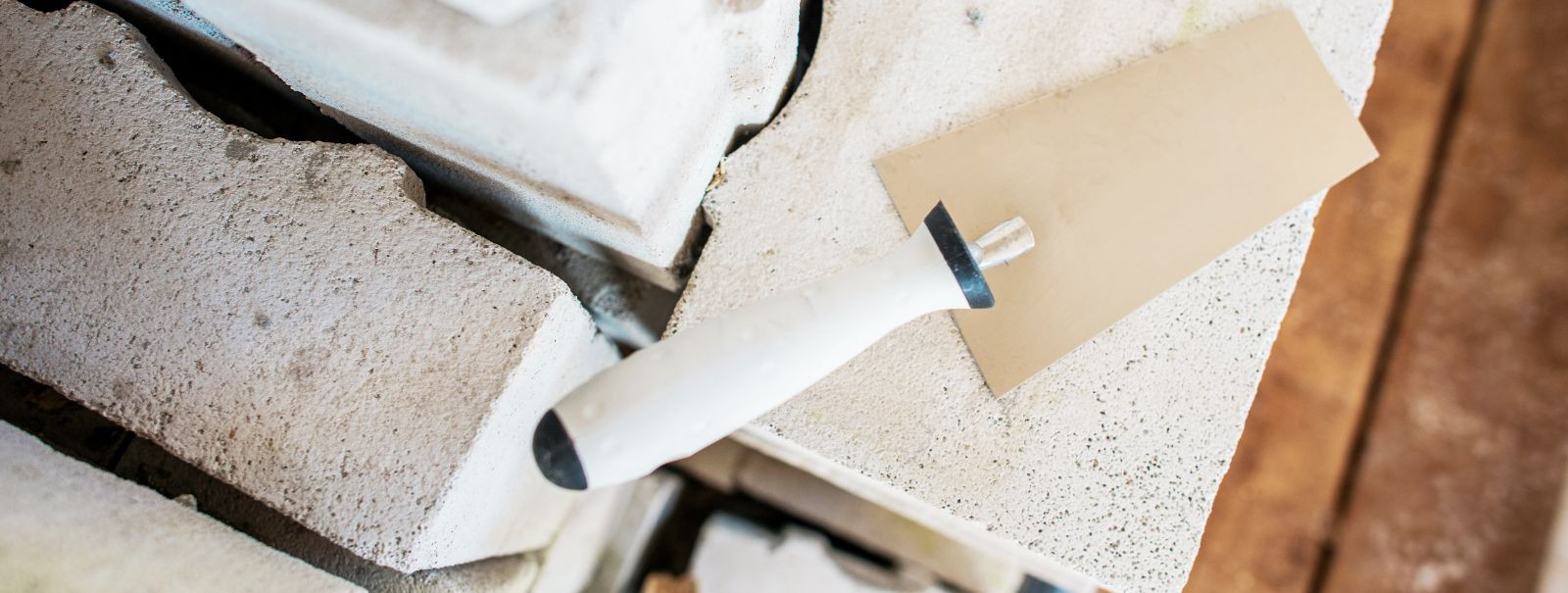

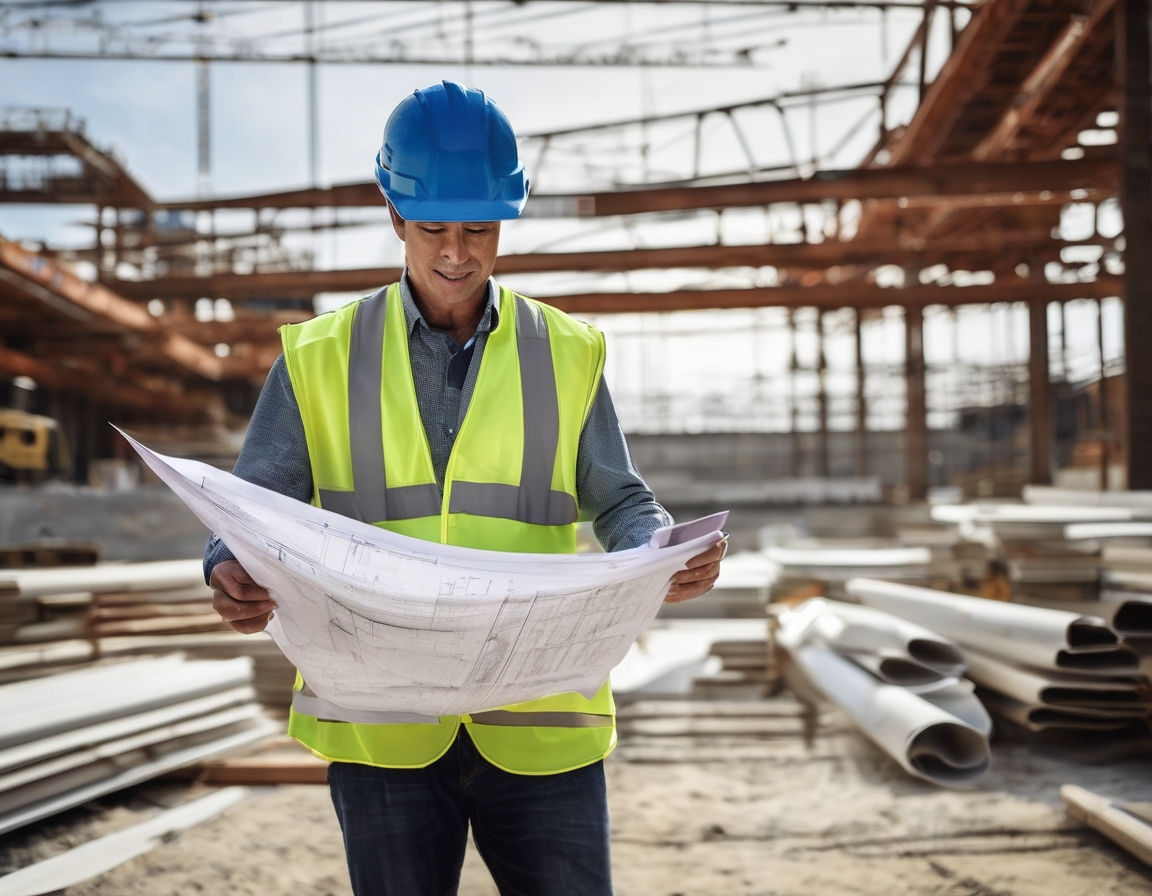
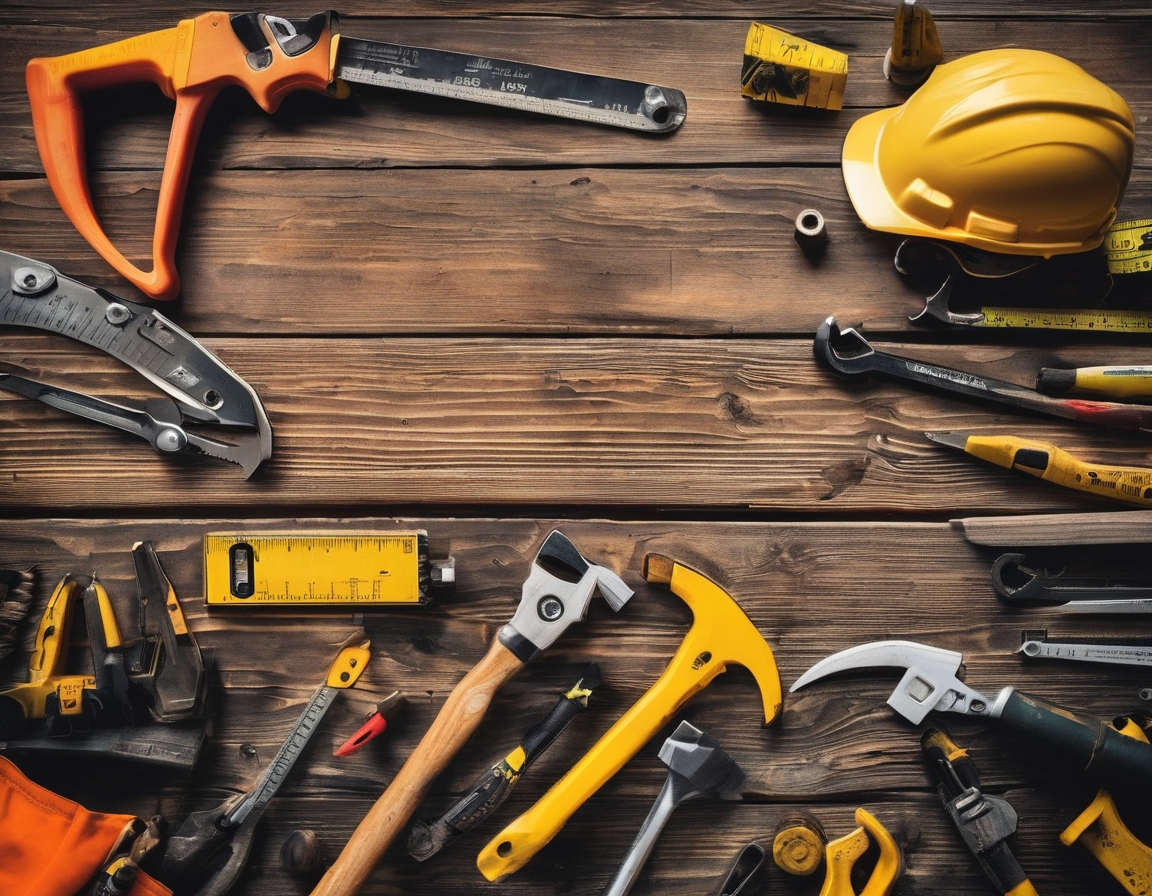
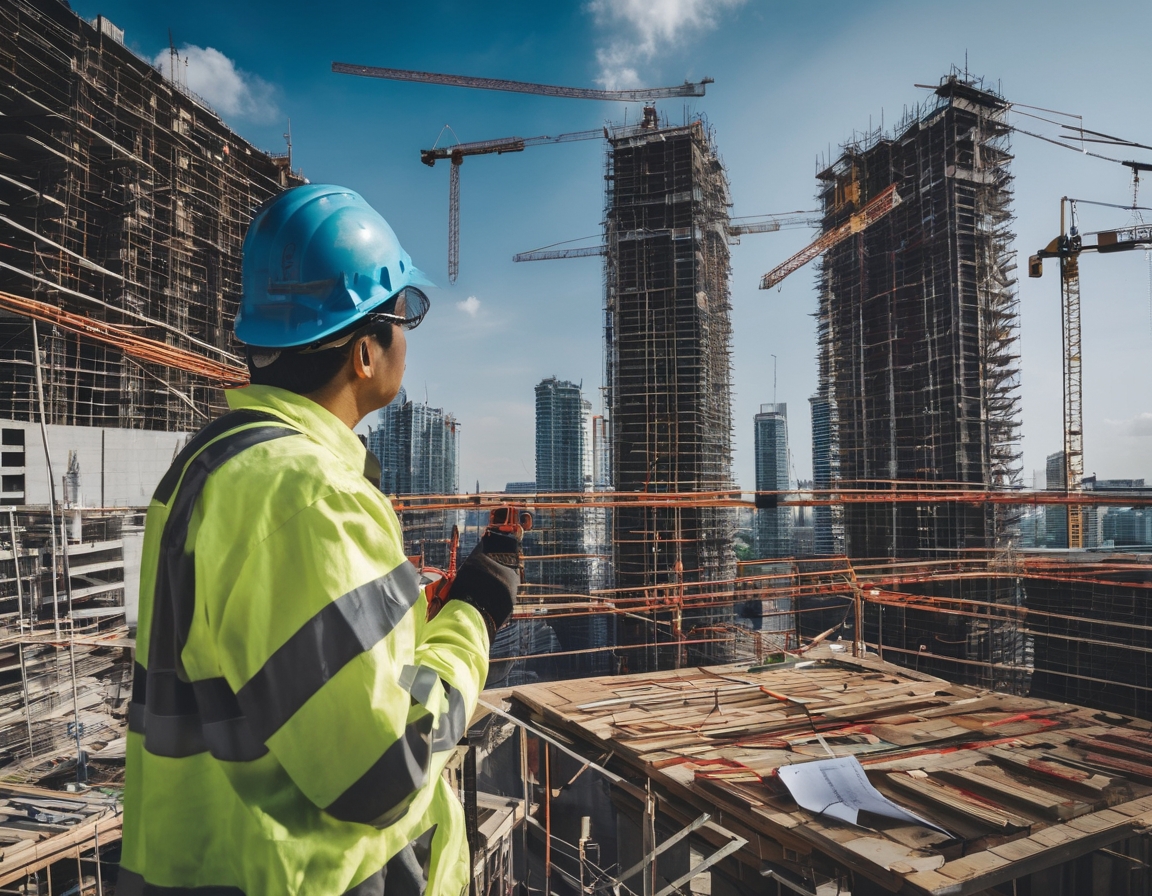
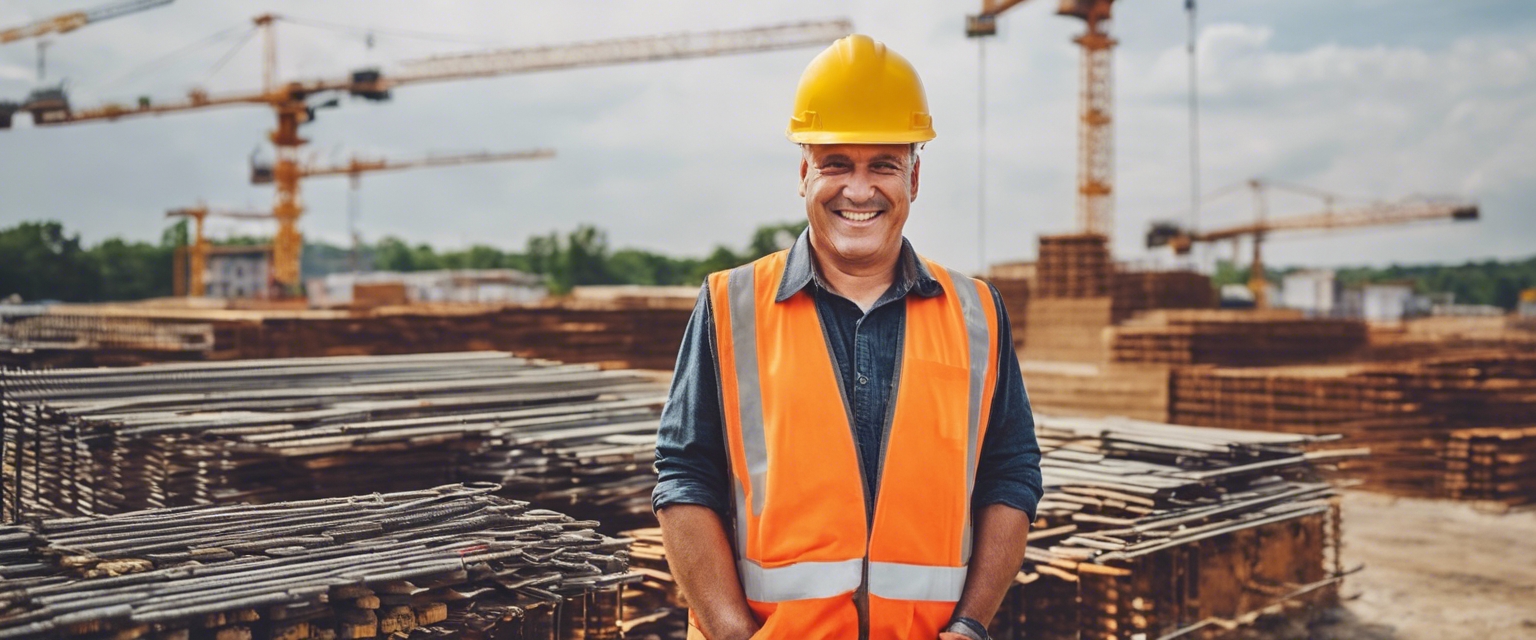
Comments (0)